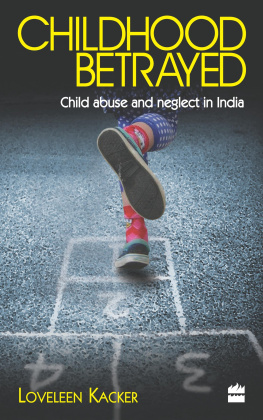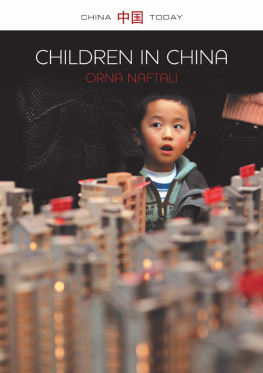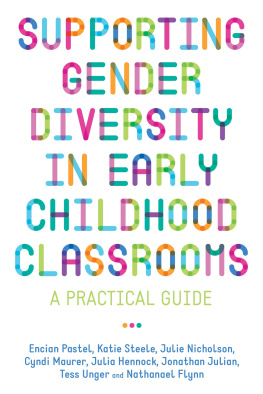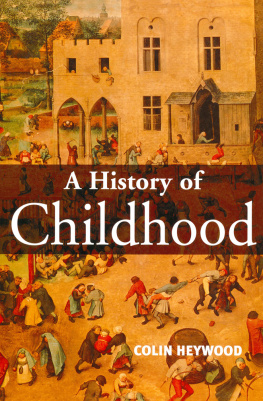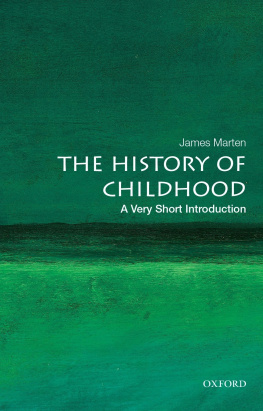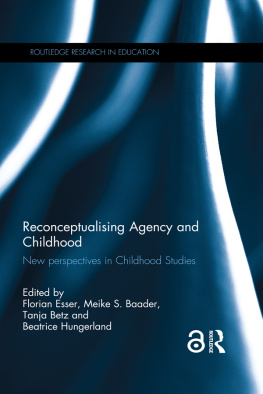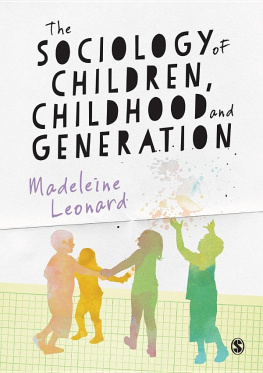First published 2013 by Ashgate Publishing
Published 2016 by Routledge
2 Park Square, Milton Park, Abingdon, Oxon OX14 4RN
711 Third Avenue, New York, NY 10017, USA
Routledge is an imprint of the Taylor & Francis Group, an informa business
Copyright Nigel Goose, Katrina Honeyman and the contributors 2013
Nigel Goose and Katrina Honeyman have asserted their right under the Copyright, Designs and Patents Act, 1988, to be identified as the editors of this work.
All rights reserved. No part of this book may be reprinted or reproduced or utilised in any form or by any electronic, mechanical, or other means, now known or hereafter invented, including photocopying and recording, or in any information storage or retrieval system, without permission in writing from the publishers.
Notice:
Product or corporate names may be trademarks or registered trademarks, and are used only for identification and explanation without intent to infringe.
British Library Cataloguing in Publication Data
A catalogue record for this book is available from the British Library
The Library of Congress has cataloged the printed edition as follows:
Childhood and child labour in industrial England : diversity and agency, 17501914 / edited by Nigel Goose and Katrina Honeyman.
pages cm
Includes bibliographical references and index.
ISBN 9781409411147 (hardcover : alk. paper) ISBN 9781315571478 (ebook) ISBN 9781317167914 (epub)1. Child labor Great Britain History. 2. Children Great Britain Social conditions. 3. Industrial revolution Great Britain. 4. Great Britain Social conditions.
I. Goose, Nigel. II. Honeyman, Katrina.
HD6250.G7C45 2013
331.31094209034dc23
2013002717
ISBN 9781409411147 (hbk)
ISBN 9781315571478 (ebk-PDF)
ISBN 9781317167914 (ebk-ePUB)
Notes on Contributors
Colin Creighton teaches in the department of Sociology and Anthropology at the University of Hull and is interested in the family and gender in their relation to social and economic development.
Kathryn Gleadle is Lecturer in Modern History at Mansfield College, University of Oxford, UK. Her research focuses on British political culture in the late eighteenth and nineteenth centuries, and she has published extensively on womens history in this period, including her recent Borderline citizens: women, gender and political culture in Britain, 18151867 (British Academy, 2009).
Nigel Goose is Professor of Social and Economic History at the University of Hertfordshire, UK. He has published widely in the field of early modern and modern social, demographic and economic history, his most recent book being A history of Doughtys Hospital, Norwich, 16872009 (Hatfield: University of Hertfordshire Press, 2010). His research now focuses mainly on English philanthropy.
Katrina Honeyman was Reader in Social and Economic History in the School of History, University of Leeds, UK. Her books include Child Workers in England, 17801820: Parish Apprentices and the Making of the Early Industrial Labour Force (Aldershot: Ashgate, 2007) and Women, Gender and Industrialisation in England 17001870 (Basingstoke: Palgrave Macmillan, 2000).
Jane Humphries is Professor of Economic History at All Souls College, University of Oxford, UK and President of the Economic History Society. Her book Childhood and child labour in the British industrial revolution was published by Cambridge University Press in 2010.
Peter Kirby is Chair of Social History and Joint Director of the Centre for the Social History of Health and Healthcare at Glasgow Caledonian University, UK. He is author of Child labour in Britain, 17501870 (Basingstoke: Palgrave Macmillan, 2003) and is currently completing a book entitled Child Workers and Industrial Health, 17801850 which discusses the illnesses, disabilities and ill-treatment of child labourers in textiles and mining.
Alysa Levene is Reader in History at Oxford Brookes University, UK. Recent publications include The childhood of the poor: welfare in eighteenth-century London (Basingstoke: Palgrave Macmillan, 2012) and Childcare, health and mortality at the London Foundling Hospital, 17411800: left to the mercy of the world (Manchester: Manchester University Press, 2007)
Niels van Manen is Postdoctoral Researcher and Course Convenor in the Department of Spatial Economics, Vrije Universiteit Amsterdam. He recently completed his PhD in the History of Medical Science at the University of York.
Clare Rose is a historian of fashion, textiles (especially quilts) and childhood, specializing in Britain from 17502000. Her book Making, Selling and Wearing Boys Clothes in Late-Victorian England was published by Ashgate in 2010. She is currently Lecturer in Contextual Studies at the Royal College of Needlework.
Nicola Sheldon was a post-doctoral Research Fellow on the History in Education project at the Institute of Historical Research, UK. She has recently co-edited a book with Laurence Brockliss entitled Mass Education and the Limits of State Building, c.18701930 (Basingstoke: Palgrave Macmillan, 2012). She now works at the Institute of Education in London.
Sarah Toulalan is Senior Lecturer in the History department at the University of Exeter, UK. Her main area of research is in the history of the body, with particular interests in gender, sex, sexuality, ageing, body size, shape and management, health and medicine in early modern England. Dr Toulalan is currently working on a Leverhulme-funded project on Children and sex in early modern England: knowledge, consent, abuse c.15501750, and has recently co-edited The Routledge History of Sex and the Body in the West 1500 to the Present (London and New York: Routledge, 2013).
Susannah Wright is Senior Lecturer in Education Studies at Oxford Brookes University, UK. Her thesis and subsequent historical research have investigated moral education and citizenship in English schools in the late nineteenth and early twentieth century, and also sources for local studies of schools and their local communities.


